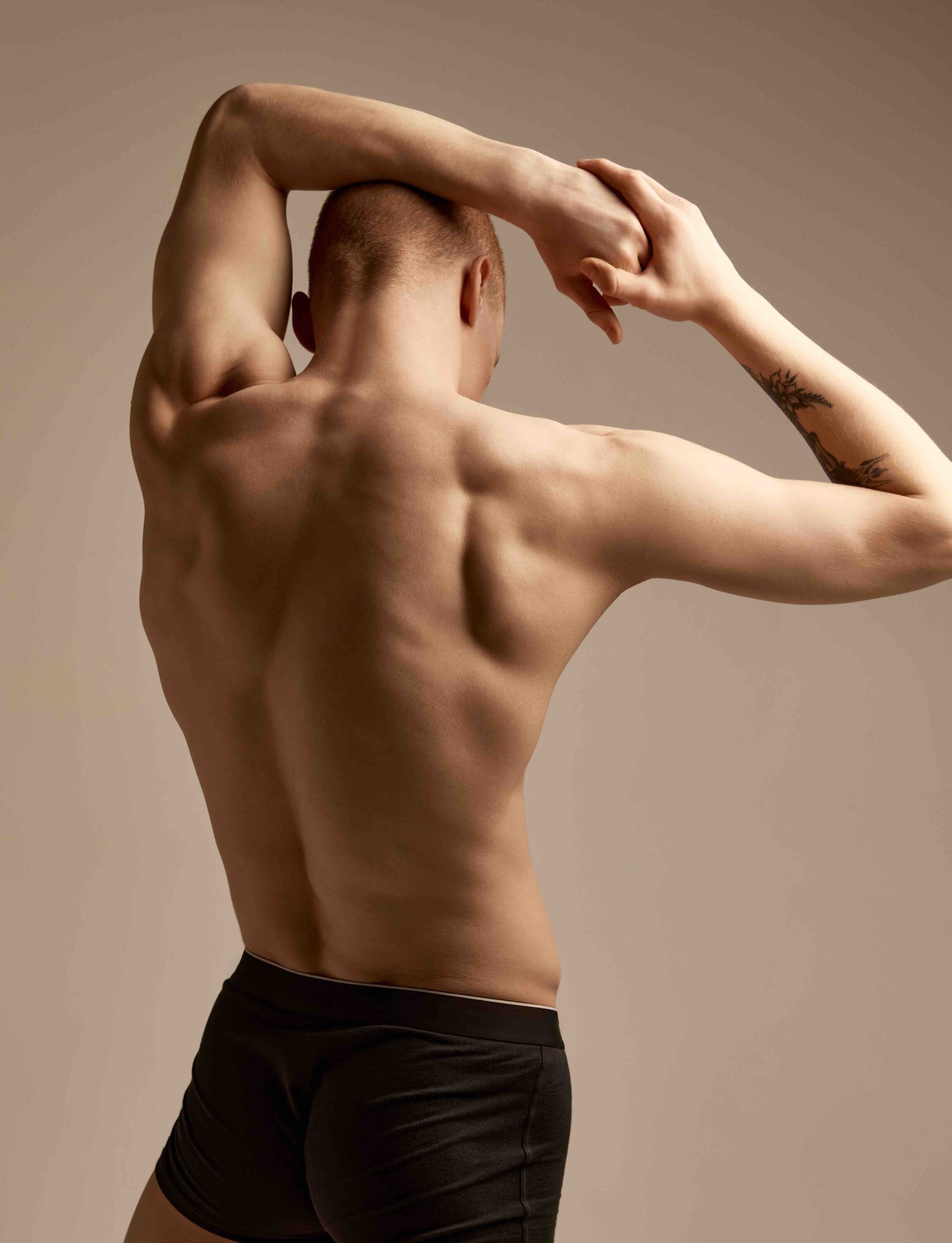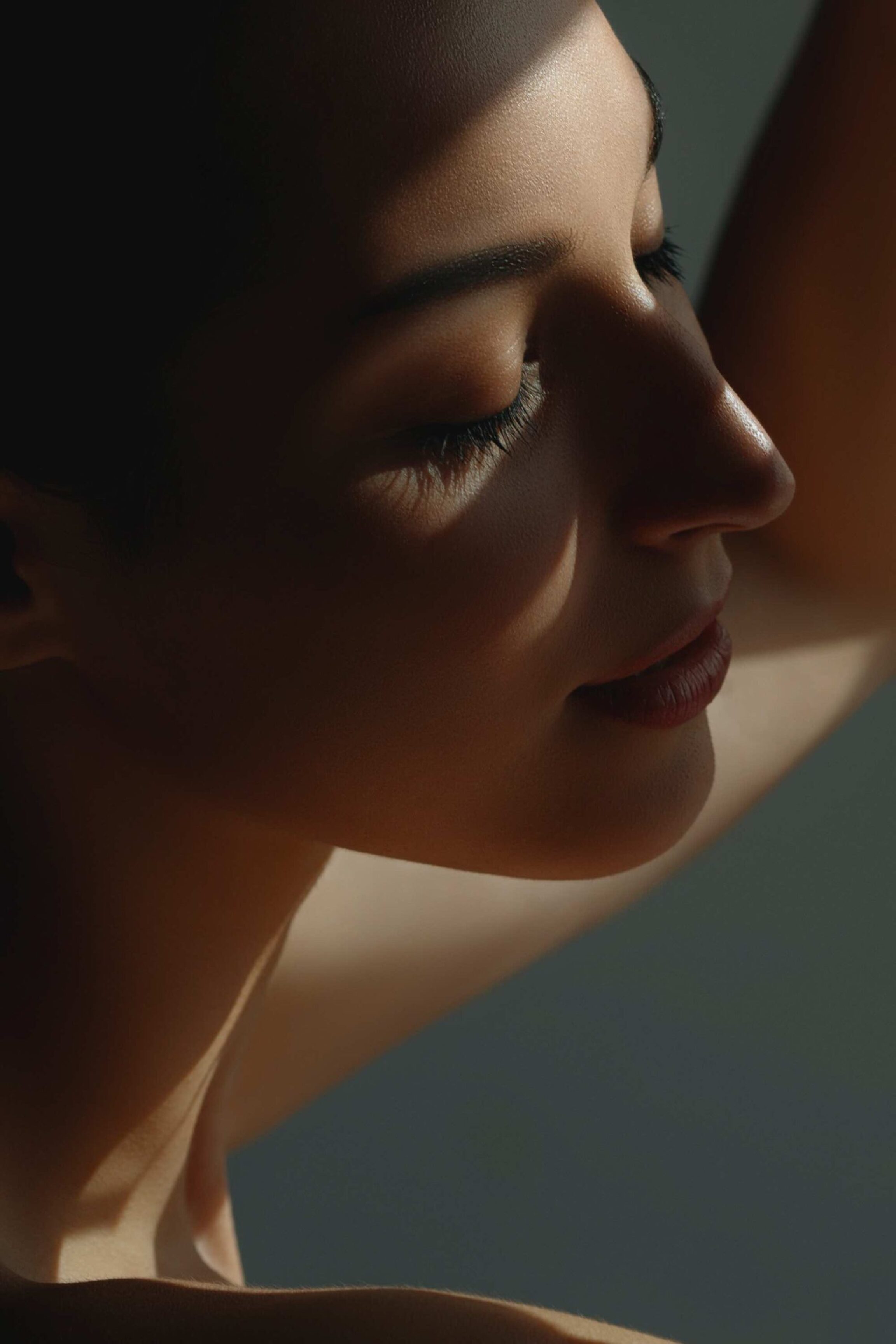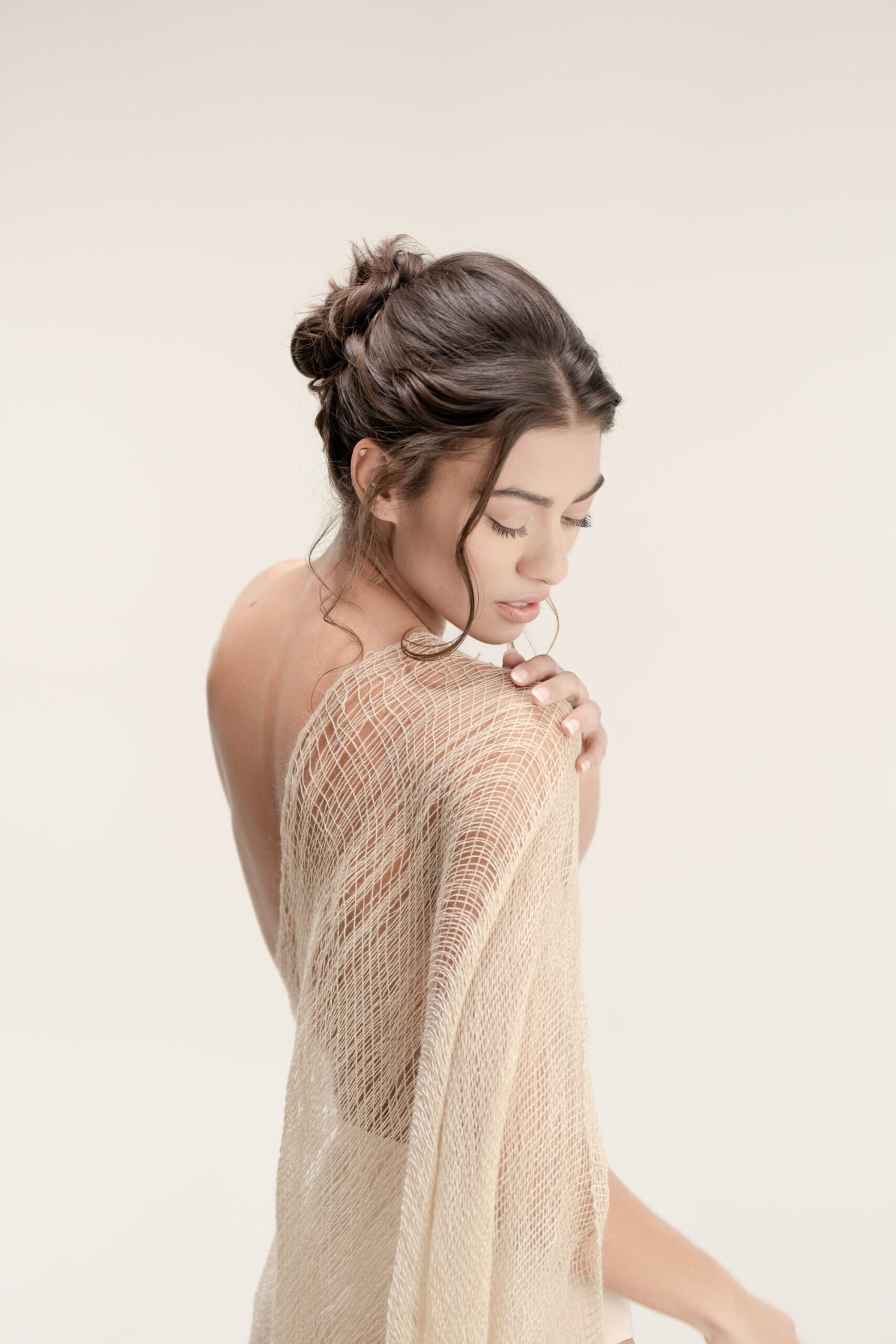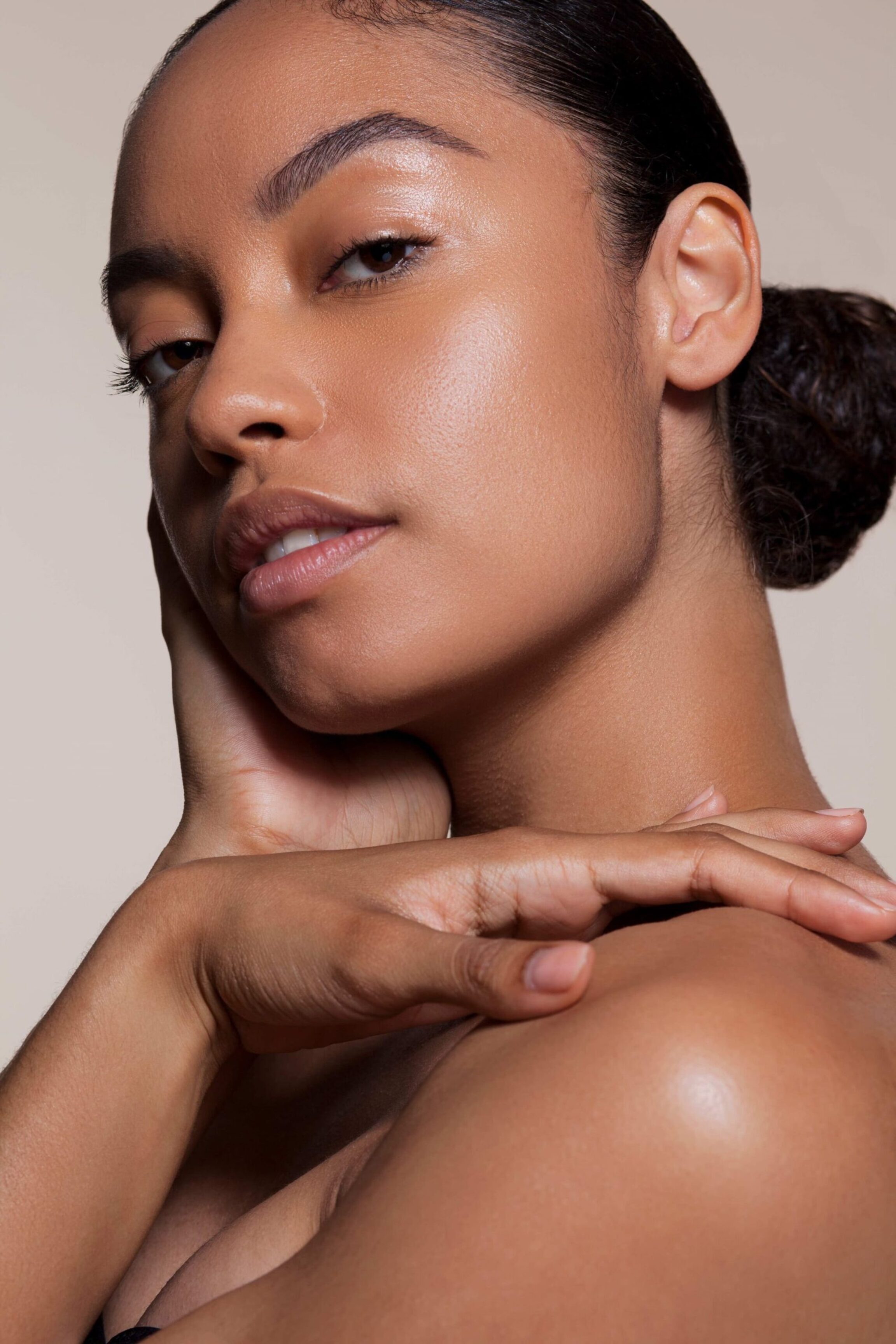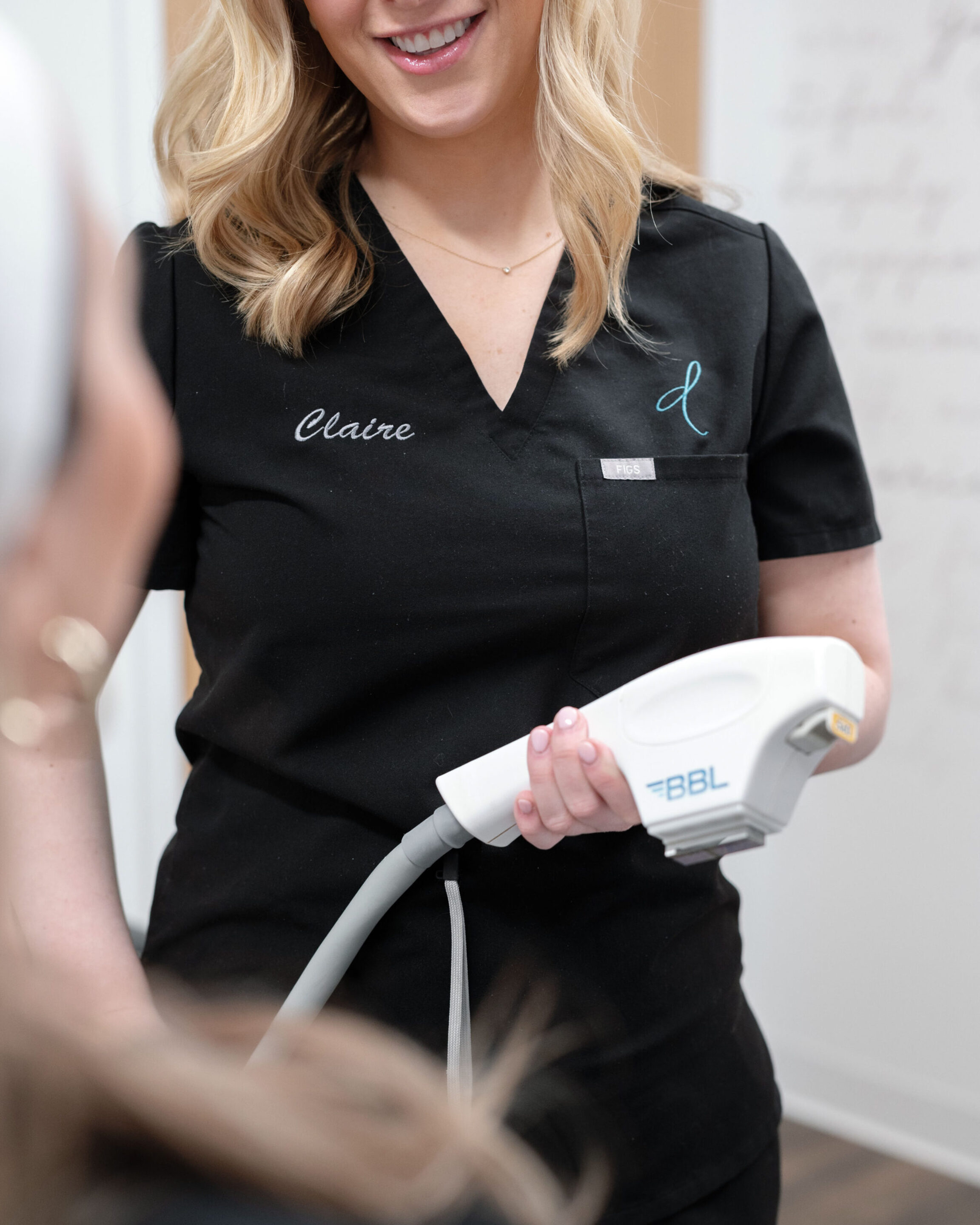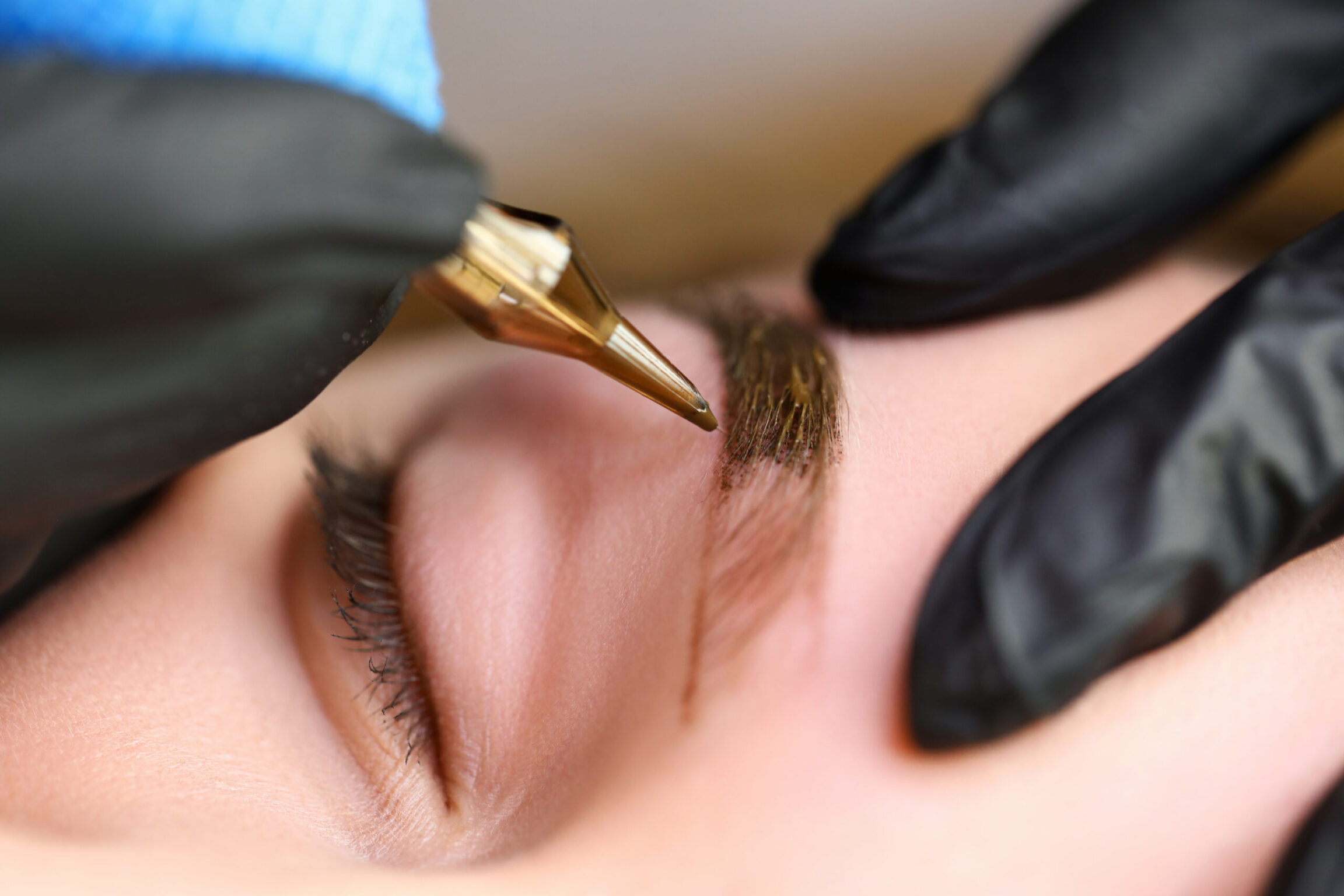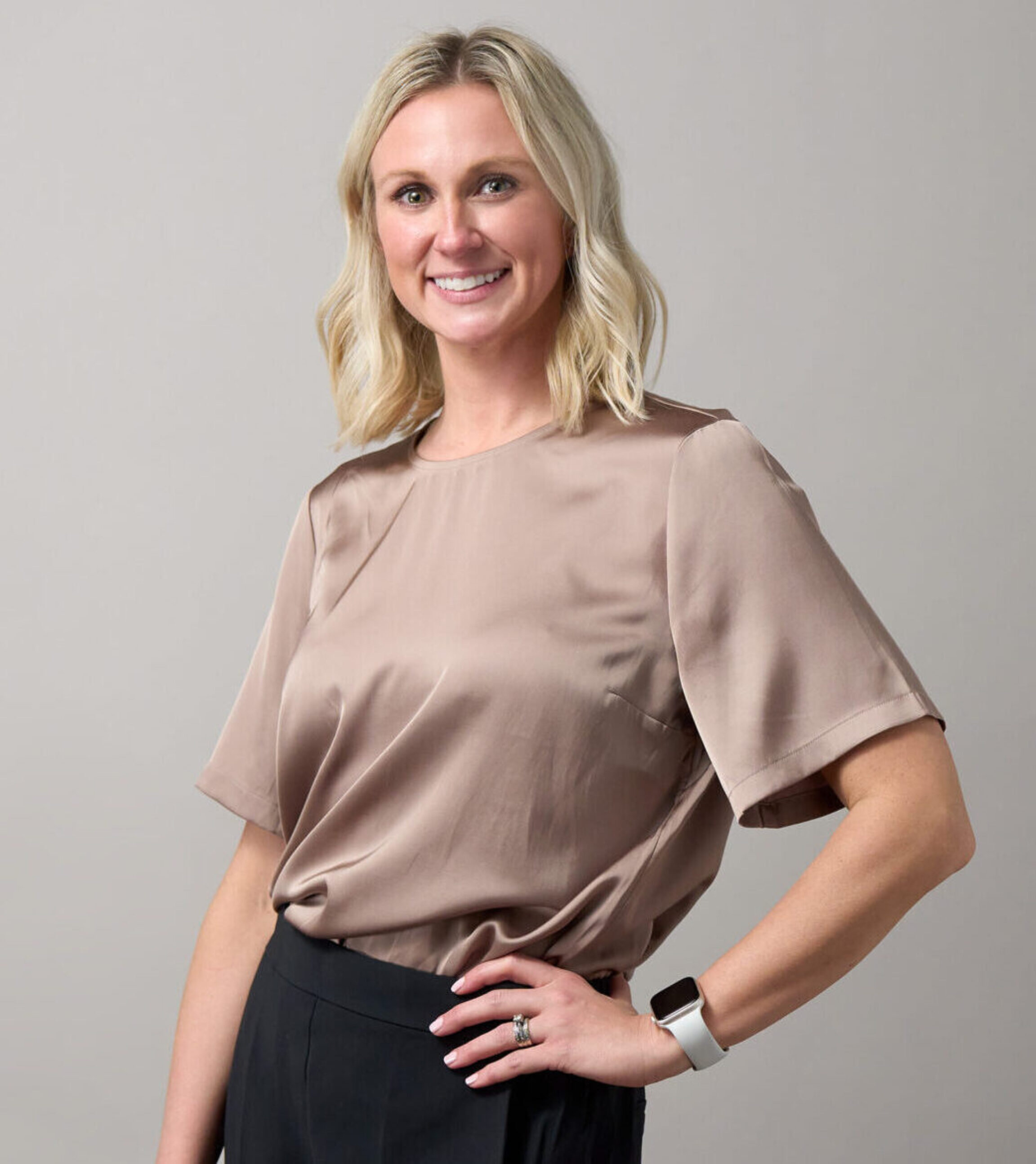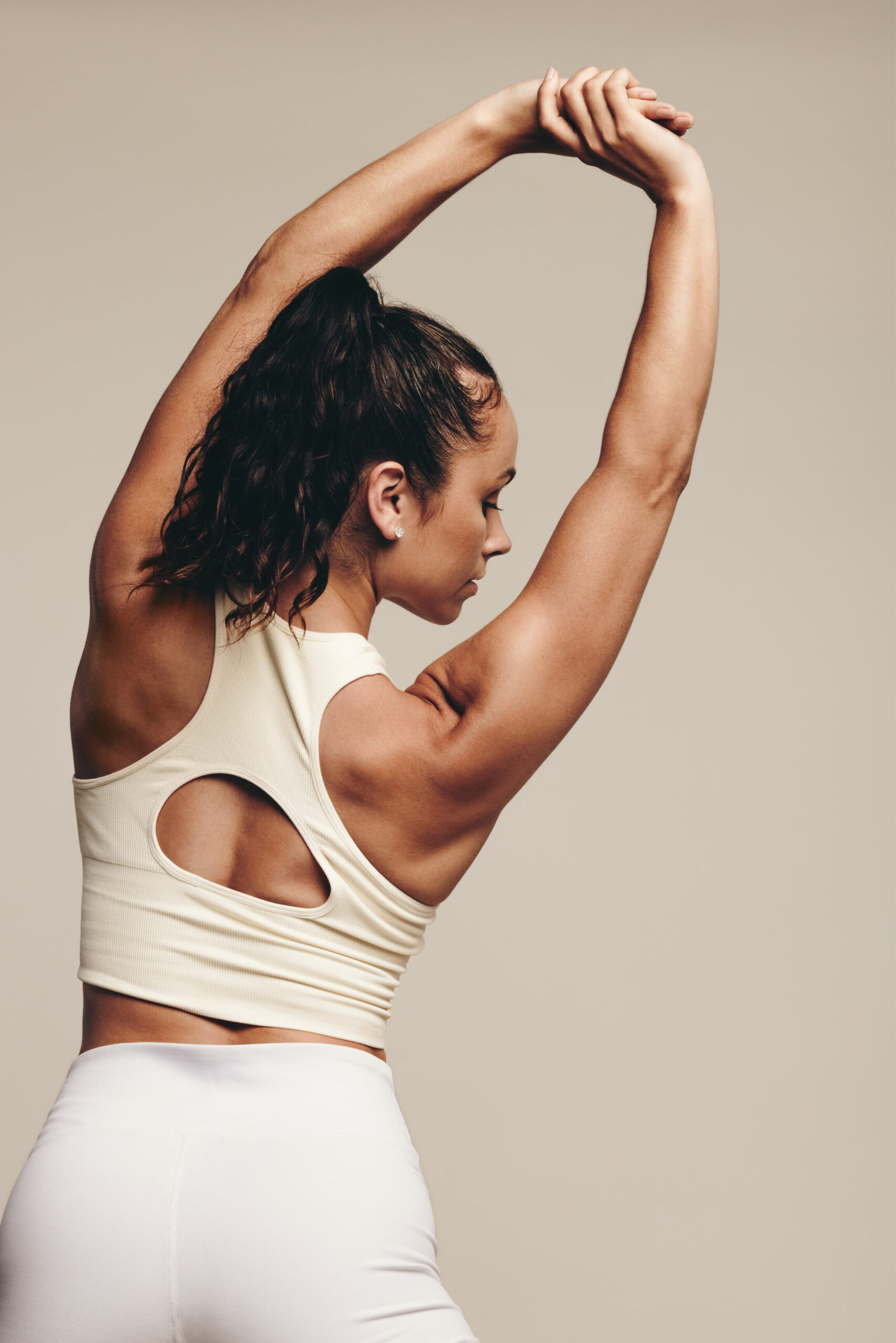Month: February 2016
Many women considering breast augmentation want to know whether they will be able to breastfeed afterward. Fortunately, breast implants should not interfere with these plans for motherhood.
General Recommendations
Breastfeeding with or without implants is difficult for half of the female population. Patients who have proven they can successfully breastfeed, undergo breast augmentation, and then become pregnant and attempt breastfeeding again have reported continued success. In some cases, there is a decrease in the amount of breast milk produced, probably because of back-pressure on the milk glands which limits engorgement.
Most surgeons reassure their patients that breastfeeding is possible after breast augmentation, but success may partially depend on the surgical technique. Incisions through the armpit or under the breast fold avoid damaging the milk ducts while the popular peri-areolar incision cuts into that tissue and may cause compromise. Also, implants placed behind the pectoral muscles are completely shielded from the milk-producing part of the breast, while implants placed above the muscle come into direct contact with the milk glands.
Nipple Sensitivity
Ten percent of patients will experience either an increase or a decrease in nipple sensation after breast augmentation. These changes may adversely affect breastfeeding as a mother’s breast responds to her baby’s suckling and bonding efforts.
Patients should consider future parenting goals prior to breast augmentation and discuss them with a plastic surgeon to determine the best approach.
About The Author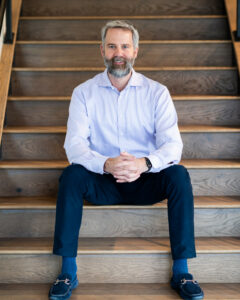
Breast augmentation surgery is a life-changing procedure and Dr. Jeffrey Donaldson works to help patients understand all facets of their decision before they choose to move forward. He has performed thousands of breast-related cosmetic surgeries over the course of his 20+ year tenure and he strives to help women everywhere get the answers they need to feel comfortable and confident about their procedure.
Related Articles

Read More Which Breast Implant Placement Is Best?
Which Breast Implant Placement Is Best?
There are 3 standard placement options, each with its own distinct advantages based on your anatomy & aesthetic goals.

Read More Episode 1: Destigmatizing Breast Augmentation
Episode 1: Destigmatizing Breast Augmentation
In the premiere episode of Asking for a Friend, our experts shed light on one of the most popular procedures: breast augmentation.
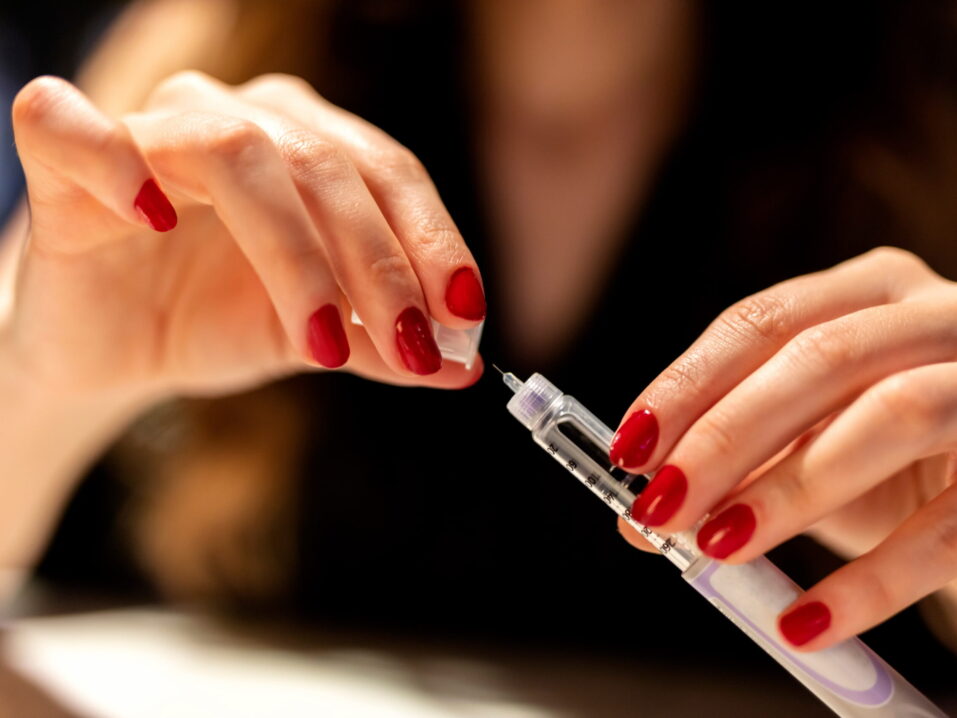
Read More How To Inject Semaglutide At Home
How To Inject Semaglutide At Home
Our comprehensive, step-by-step guide to safely & effectively injecting compounded semaglutide at home.
Excess skin and stretch marks may be a reminder of pregnancy, or they could appear after dramatic weight changes. These superficial lines are permanent scars though they generally fade to a white or silver color with time. A tummy tuck will often eliminate stretch marks that occur below the belly button, and it will lower most other marks on the abdomen.
Overview
Stretch marks most commonly occur between the navel and the pubic area, which is the focus of skin removal during a tummy tuck. Patients with this isolated stretch pattern usually enjoy complete resolution after surgery.
Typically, the skin above the belly button is not removed during abdominoplasty. Instead, the procedure involves stretching this skin down to replace the skin removed in the lower abdomen. The results vary for each patient, but this tension on the upper skin often causes the remaining stretch marks to flatten and become noticeable in a lower position.
Stretch marks on the flanks, the back, and the thighs are unaffected unless an extended tummy tuck, a circumferential abdominoplasty, or thigh lifting procedures are considered. Because stretch marks are permanent scars, they must be surgically removed.
Final Results
The results of a tummy tuck are very durable unless a patient has further massive weight changes or becomes pregnant again. These shifts may add additional lines to the abdominal area, and they could negate the surgical improvements. Surgeons generally advise patients to wait to have abdominoplasty until they are sure that their weight is stable, and they are finished having children.
About The Author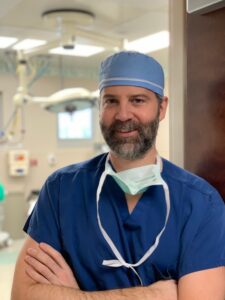
Throughout the past 20+ years, Jeffrey Donaldson, MD has performed thousands of successful Tummy Tuck procedures in Columbus, Ohio. He continues to stay at the forefront of all advanced surgical techniques to ensure incredible results with minimal scarring, lowered risks and far fewer stretch marks.
Related Articles

Read More How Plastic Surgery Can Enhance Health
How Plastic Surgery Can Enhance Health
Most known for its aesthetic benefits, plastic surgery can also be used to enhance your overall health & well-being.
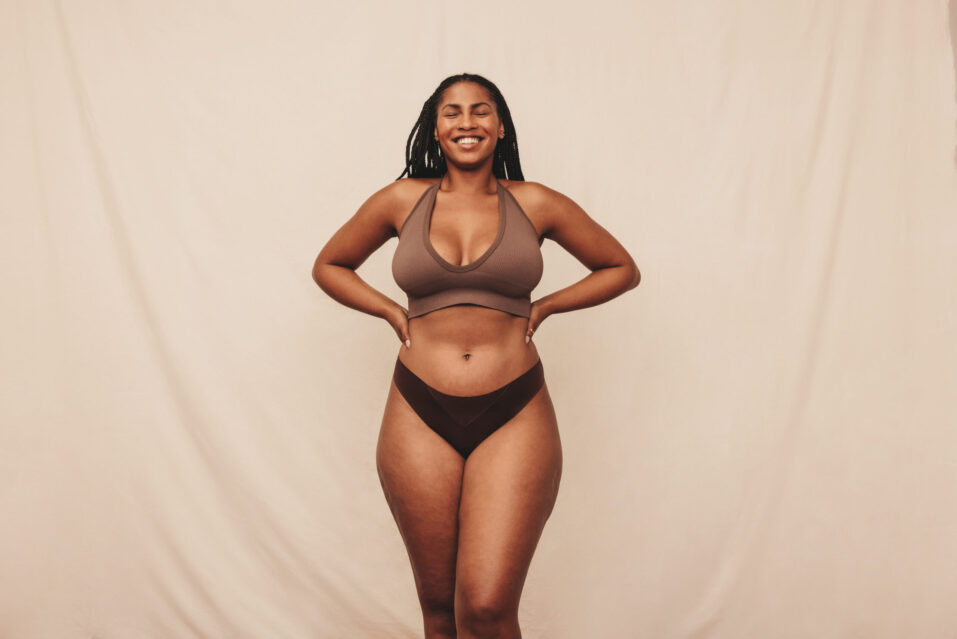
Read More C-Section Scar Removal
C-Section Scar Removal
When it comes to C-section scars, you have a number of effective solutions to reduce the appearance of scarring.
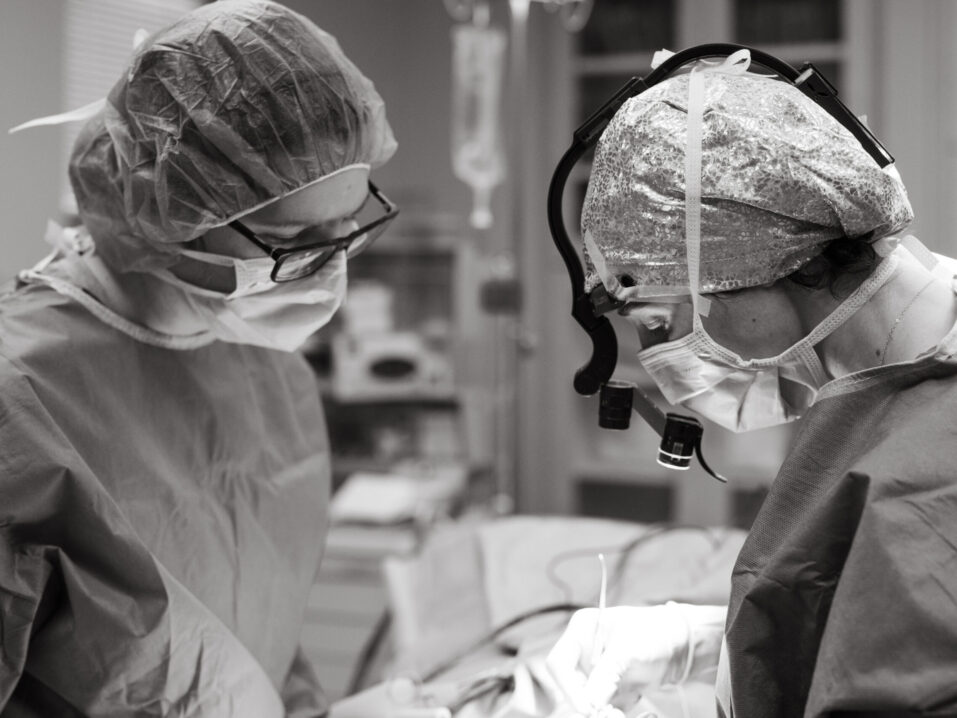
Read More Abdominoplasty From Inside The Operating Room
Abdominoplasty From Inside The Operating Room
The Tummy Tuck is an incredible, life-changing procedure. We invite you to learn more about what happens throughout the procedure — from surgical prep, to numbing, to abdominal tightening and beyond.
